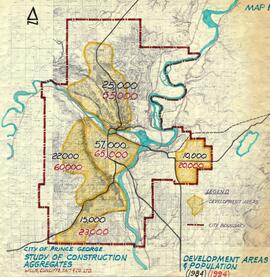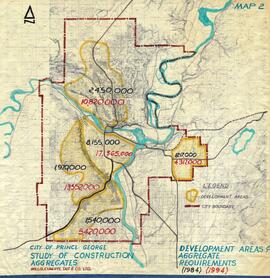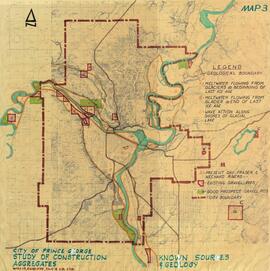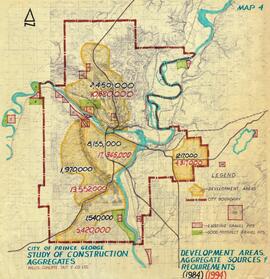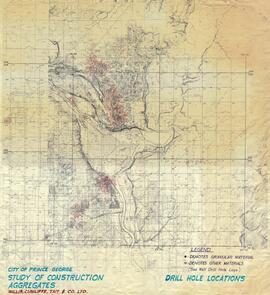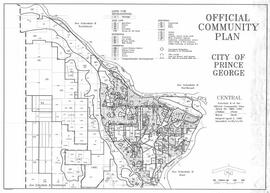File consists of an untitled published piece in Country Life Column by Gary Runka.
Commentary by Barry Smith of the Ministry of Agriculture and Lands:
"This article focuses a report of the B.C. Round Table on the Environment and the Economy - "A Better Way - Creating a Sustainable Development Strategy for B.C." published in 1990. The thrust of the article concerns the disregard for agriculture in the report. The report identifies six key principles which amount to reasonable objectives / goals but in contrast agriculture fares badly in the report. Three examples are provided of the report's failings with respect to agriculture. Four key questions are asked including, "How can we best protect the limited high capability agricultural land base from alternate use competition?"
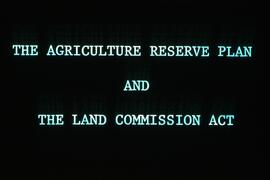
![Canada Land Inventory National Soil Survey [?] group portrait](/uploads/r/northern-bc-archives-special-collections-1/4/b/6/4b63620d93fd801efb07b2dd93008b6f63d5d340f359bdabe11106ae8bb04dbe/2020_4_8_2_005_142.jpg)
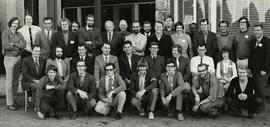
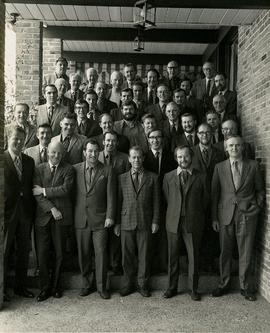
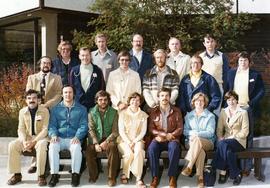
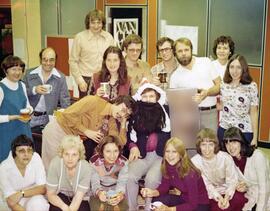
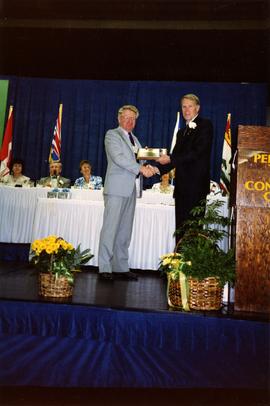
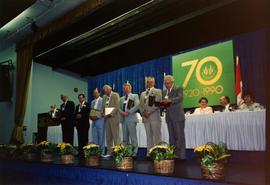


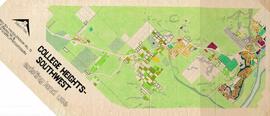
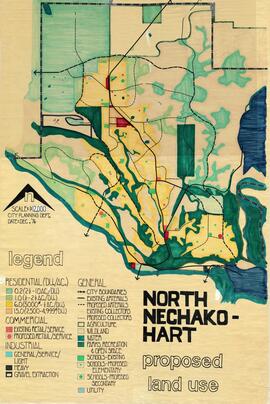
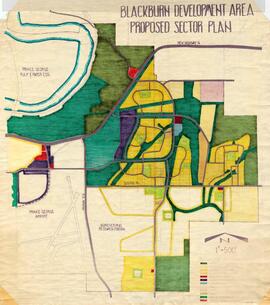
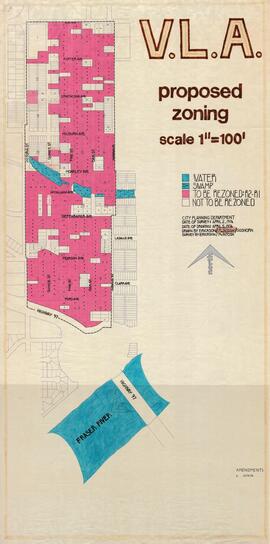
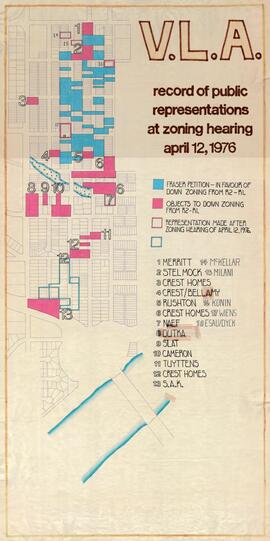
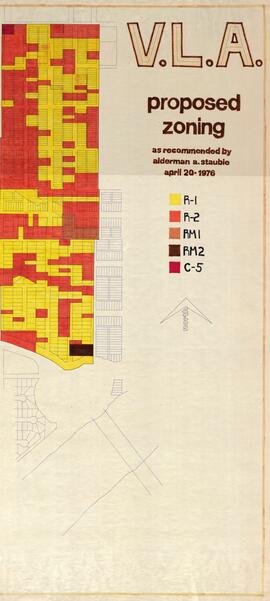
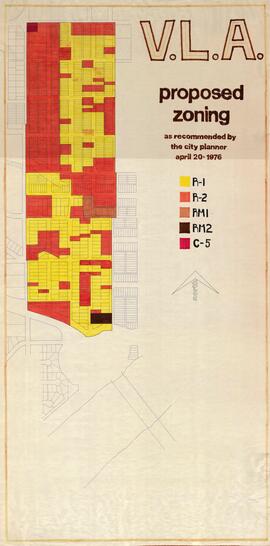
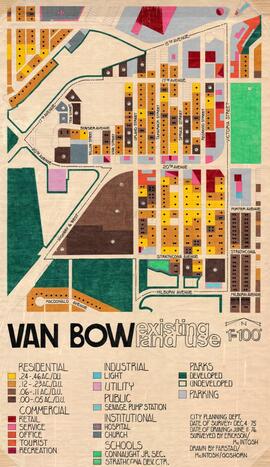
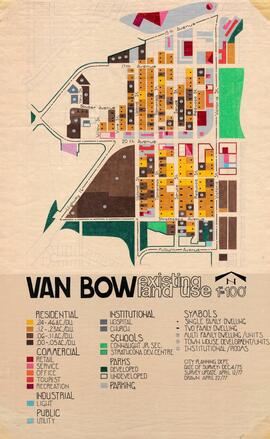
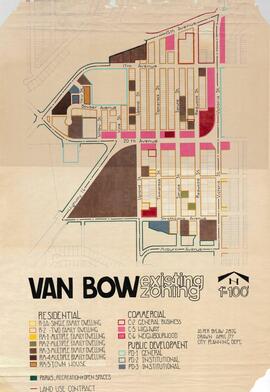
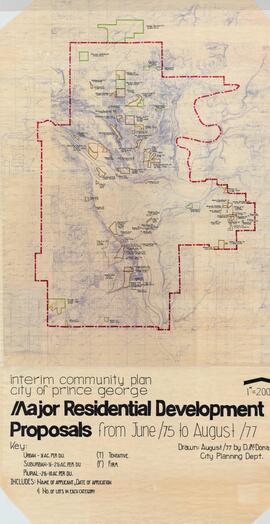
![Proposed Land Use 1978-2012, Official Community Plan, City of Prince George [1979 Amendment]](/uploads/r/northern-bc-archives-special-collections-1/c/e/d/ced2c18ae074ee79ace57d0454f038b5e09774ff682567e053093476af37c166/2023.5.1.14_-_1979_-_1978-2012_Official_Community_Plan_City_of_Prince_George_JPG85_tb_142.jpg)
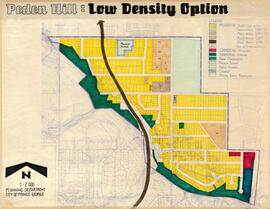
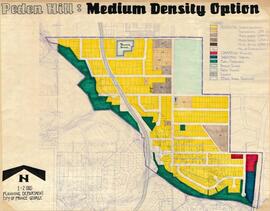
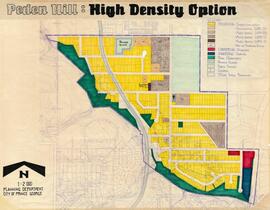
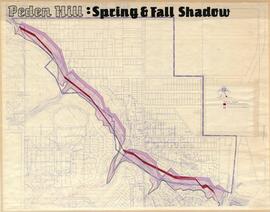
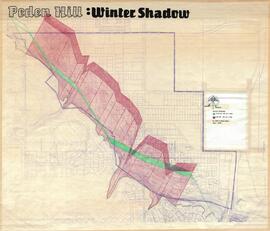
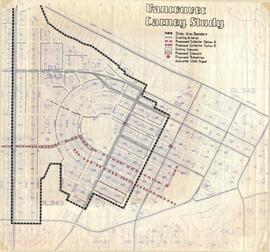
![Vancouver Carney Study [Existing Land Use]](/uploads/r/northern-bc-archives-special-collections-1/d/8/4/d841cd29016ddb96663d51e137bd7a3b7c4dfe3ec645baca199615e3e4464da3/2023.5.1.21a_-_Vancouver_and_Carney_Study_Area_Existing_Land_Use_JPG85_tb_142.jpg)
![Proposed Land Use 1978-2012, Official Community Plan, City of Prince George [1982 Amendment]](/uploads/r/northern-bc-archives-special-collections-1/6/6/9/669fc9dc3b840a6896f6a2a968a948283a3c5d972b6b48d718b427a57ebbe67f/2023.5.1.22_-_1982_-_Proposed_Land_Use_1982-2012_JPG85_tb_142.jpg)
